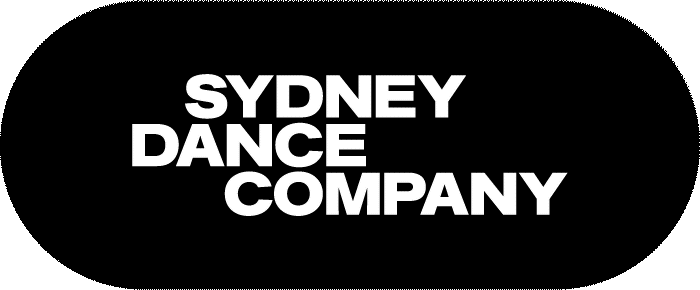School Holiday Workshops – Alec (aged 15) and his mum Leanne


published
In today’s blog, our teachers give their insight into some of the popular myths about stretching and strength training for dancers, based on their own experience.
Brian Carbee, Stretch and Barre Body Workout Teacher:
Myth: Your muscles stretch
“Stretching is a misnomer – flexibility training is a more accurate way to describe the process. Muscle and tendon tissue do not possess any elastic capability. So, when ‘stretching’, what you are actually doing is building up tolerance in your nervous system in order to bear the discomfort of the so-called stretch. As your nervous system becomes more accustomed to the pressure exerted by challenging the flexibility of a particular muscle or muscle group, the neural pathway develops more tolerance for the discomfort and, as a result, will allow an increased range of motion.”
Ramon Doringo, Studio Director, Jazz and Lyrical Teacher:
Myth: Dancers shouldn’t lift weights
“Lifting light weights at the gym can complement your strength as a dancer. Using light free-weights or machines also improves your core strength. There are male dancers who are currently doing this to improve their strength for lifting and partner work. Modifying and alternating weights and circuit classes also improves stamina and cardio.”
Kristian Crowe, JFH Teacher:
Myth: Stretching is supposed to be painful
“In my personal experience, I find a lot of dancers focus on the aesthetic of a position rather than tuning into how it feels in the body. This can be valid when you are on stage and your goals are performance-based, but this doesn’t serve as an efficient way to work on flexibility with integrity. The best pieces of advice I could give when it comes to stretching are:
Shelley Moore, Lyrical Teacher:
Myth: Sit-ups and crunches are the only way to strengthen your core
“I get asked this frequently. Yes, these can assist in strengthening this part of the body, however, it is far more beneficial to be using more overall body exercises instead of isolating just one area. For example, holding plank in a variety of positions will not only fire up the obliques but also give the upper body a good workout too. Always aim to engage all of the abdominal muscles in your strengthening regime and not just the top layer (the desirable six pack!) as they all work together to play an important role for your body in every dance class.”